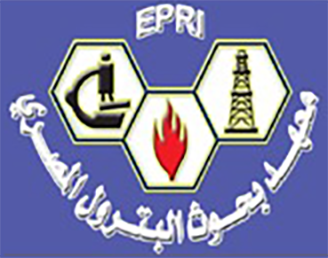Article Type
Research Paper
Highlights
- The main challenge in the evaluation of the different rock types was the water saturation calculations.
- The distribution of clay studies by using the Thomas-Stieber’s model.
- The Electrofacies Model was used to determine the distribution of rock facies.
Abstract
The objective of this study is to use enhanced unconventional models to acquire more accurate volumetric data in order to overcome petrophysical obstacles in reservoir appraisal. A more thorough petrophysical assessment is developed by utilising the data that is currently available. The reservoir was divided into various rock types using the core data. To determine the distribution of rock facies, the Electrofacies Model was used, it contributed to develop the scenarios of the conceptual model used in the static model's building in order to address reservoir uncertainties and model field heterogeneity changes effectively. Traditional logs and core data were used to account for sedimentary characteristics, structure, and texture in this model, this integration gives a useful tool for determining reservoir distribution. Using the electric logging data that is currently available, the reservoir's shale distribution and clay types were determined, together with their characteristics, in accordance with Thomas-Stieber diagrams. According to the previously mentioned technique, the reservoir contains two different types of shaly distribution, the laminated shaly sand reservoir is the first type, for which the low resistivity pay evaluation model was used to calculate saturation. The second type of clay was dispersed clays within the sand, which necessitated the employment of an independent evaluation module because they significantly affected reservoir porosity. To determine the saturation of the reservoir impacted by this shale dispersion, in order to calibrate the saturation calculations from the shaly sand analysis models, Archie model, Low-Resistivity Pay model and Waxman-Smitts model were used. The final step was to build a saturation height function model based on the capillary pressure data obtained from the special core analysis (SCAL).
Keywords
Water Saturation Models; Thin Bedded Reservoir; Bahariya Formation: Basin of Abu Gharadig; AlFadl Field; Egypt's Western Desert.
Recommended Citation
Kassab, Mohamed; Abbas, Ali; Shanab, Mahmoud Abou; and Magdy, Moustafa
(2025)
"Advanced Unconventional Water Saturation Models of Thin Bedded Reservoir of Bahariya Formation in AlFadl Field, Abu Gharadig Basin, Western Desert, Egypt,"
Egyptian Journal of Petroleum: Vol. 34
:
Iss.
2
, Article 7.
Available at: https://doi.org/10.62593/2090-2468.1075
Creative Commons License

This work is licensed under a Creative Commons Attribution-NonCommercial-No Derivative Works 4.0 International License.







